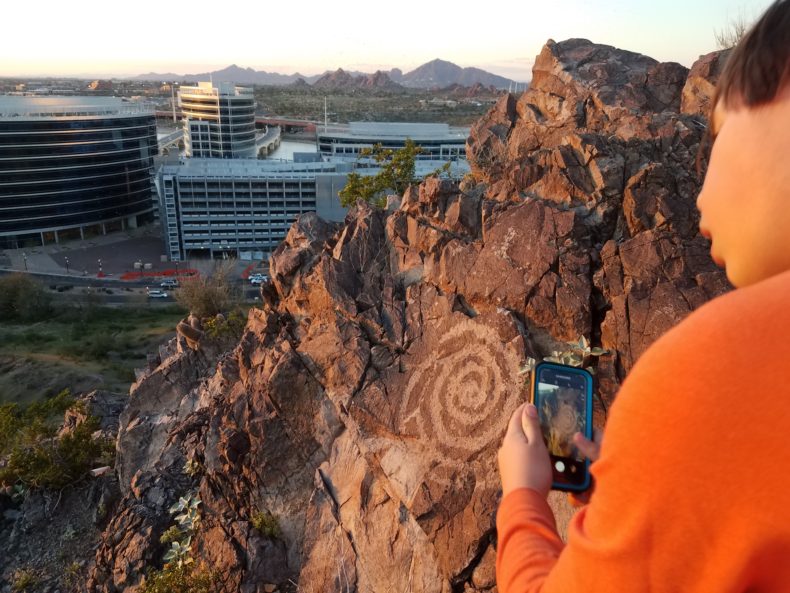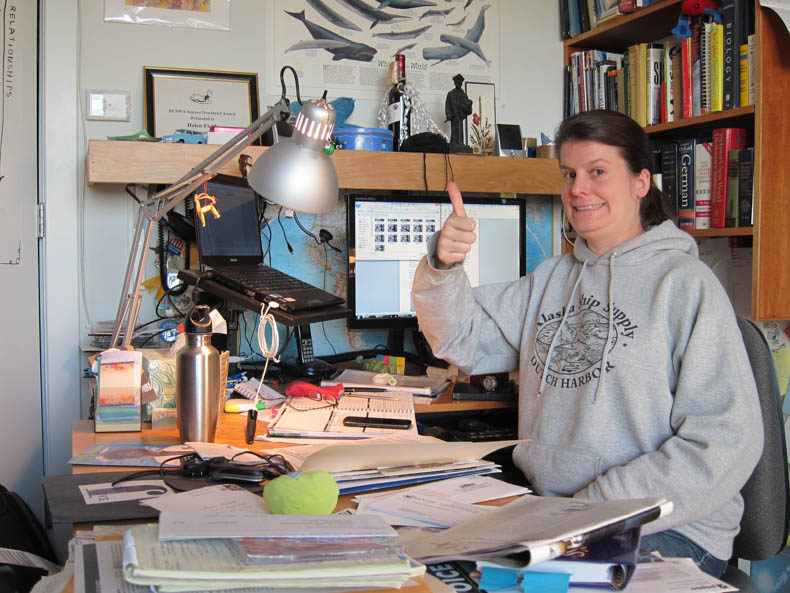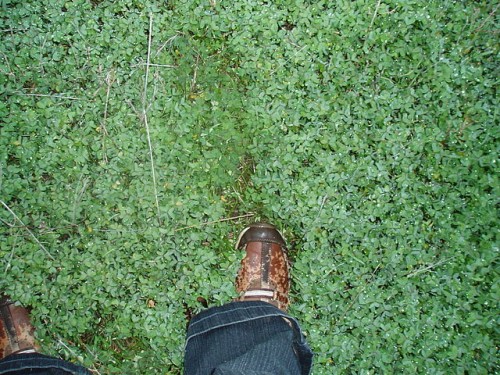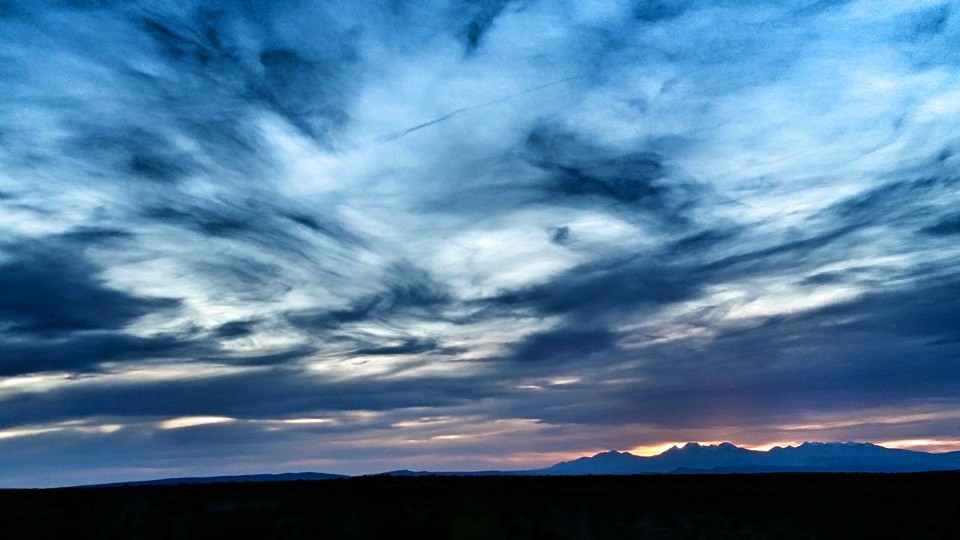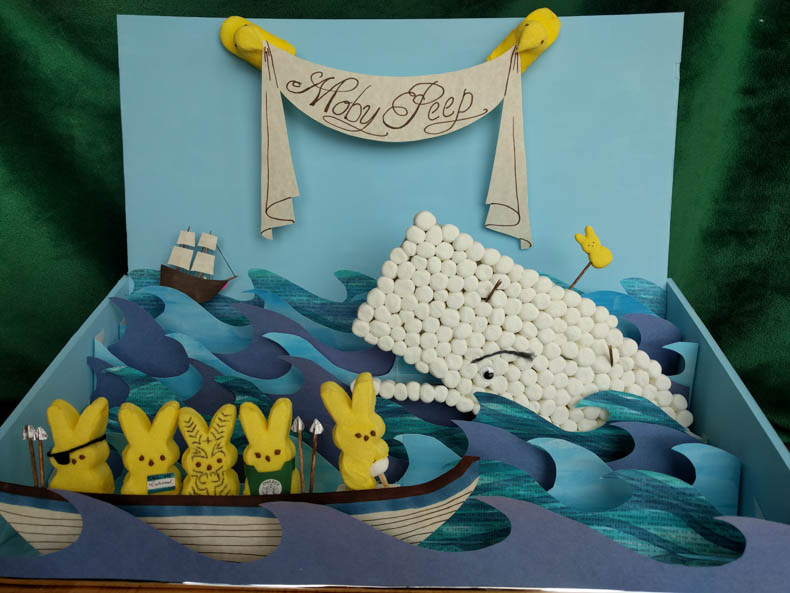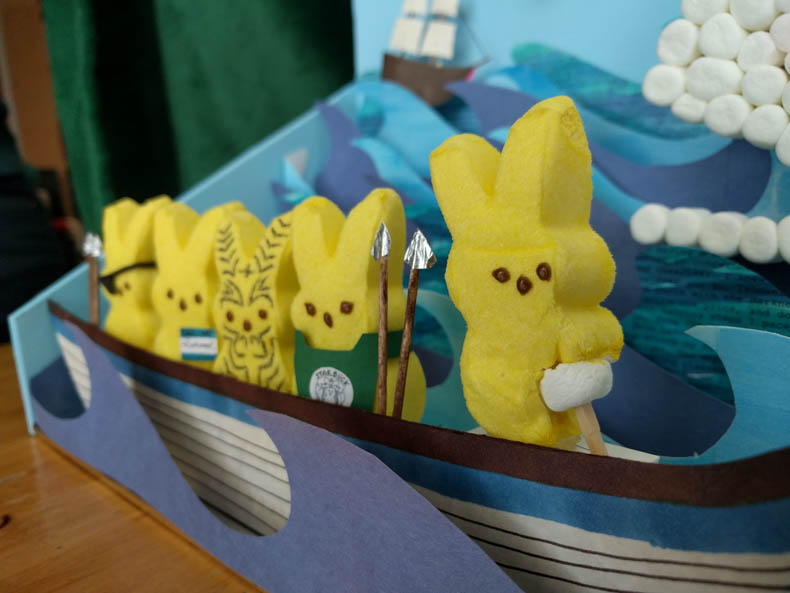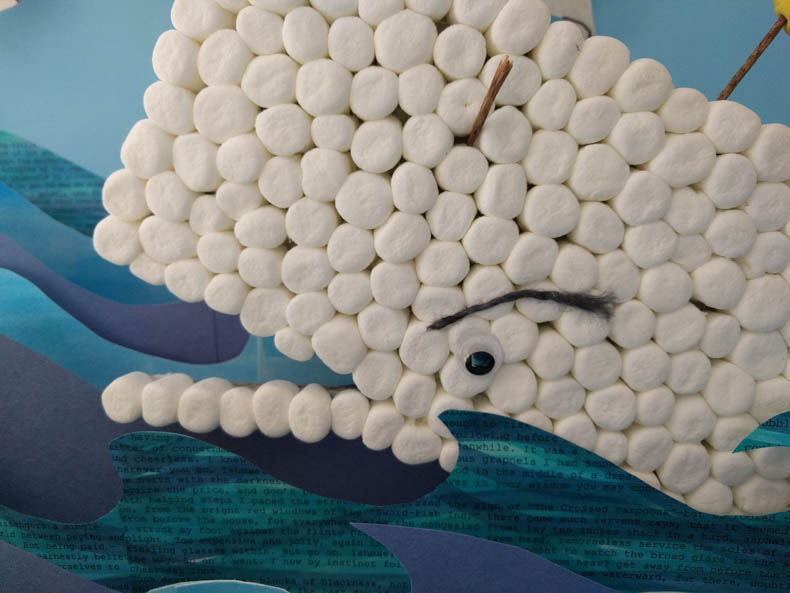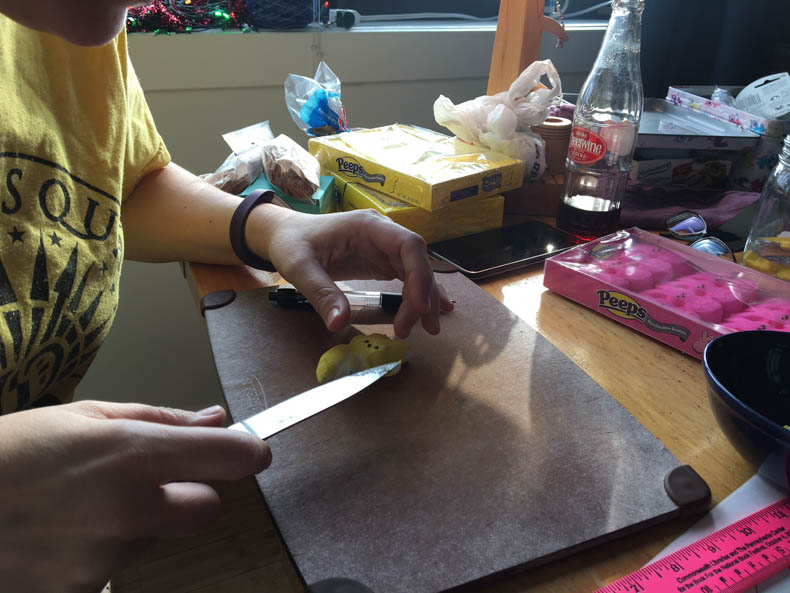
Sophia the Robot has been getting a lot of hackles up for raising the spectre of female humanoids that have more rights than female humans; for the creepy child version that’s supposed to teach little girls to love science, tech, engineering and mathematics; and for the generally weird way her handlers conflate robot rights and human rights.
Well, long before Sophia raised hackles (and the small hairs in the nape of my neck), there was Francine, the artificial robotic child of René Descartes. Sophia might want to read up on how this story ends.
You’ve heard of Descartes. 17th century French philosopher; cogito ergo sum (I think therefore I am); first principles of enlightenment philosophy and science and all that.
You might be less familiar with Descartes’ robot daughter Francine. The tale of her birth and gruesome death makes for a wild historical(ish) ride in its own right, but it is also finding new relevance in the 21st century. The people who study artificial intelligence and robotics are finding it a helpful tool in thinking through one of the most controversial problems now roiling these academic disciplines: just how humanlike should we make AI and robots?
Anyway let’s back it up before we all get a nosebleed. In 1635, Francine Descartes was born, the real flesh-and-blood (but illegitimate) daughter of Descartes and a Dutch servant girl. It seems that he loved them both so much that he broke with fairly serious convention to live with them. Just as he was getting ready to bring five-year-old Francine back to France for a proper education, however, the little girl contracted scarlet fever and died.
And that’s when things got weird.
Photo Credit: ITU Pictures from Geneva, Switzerland
